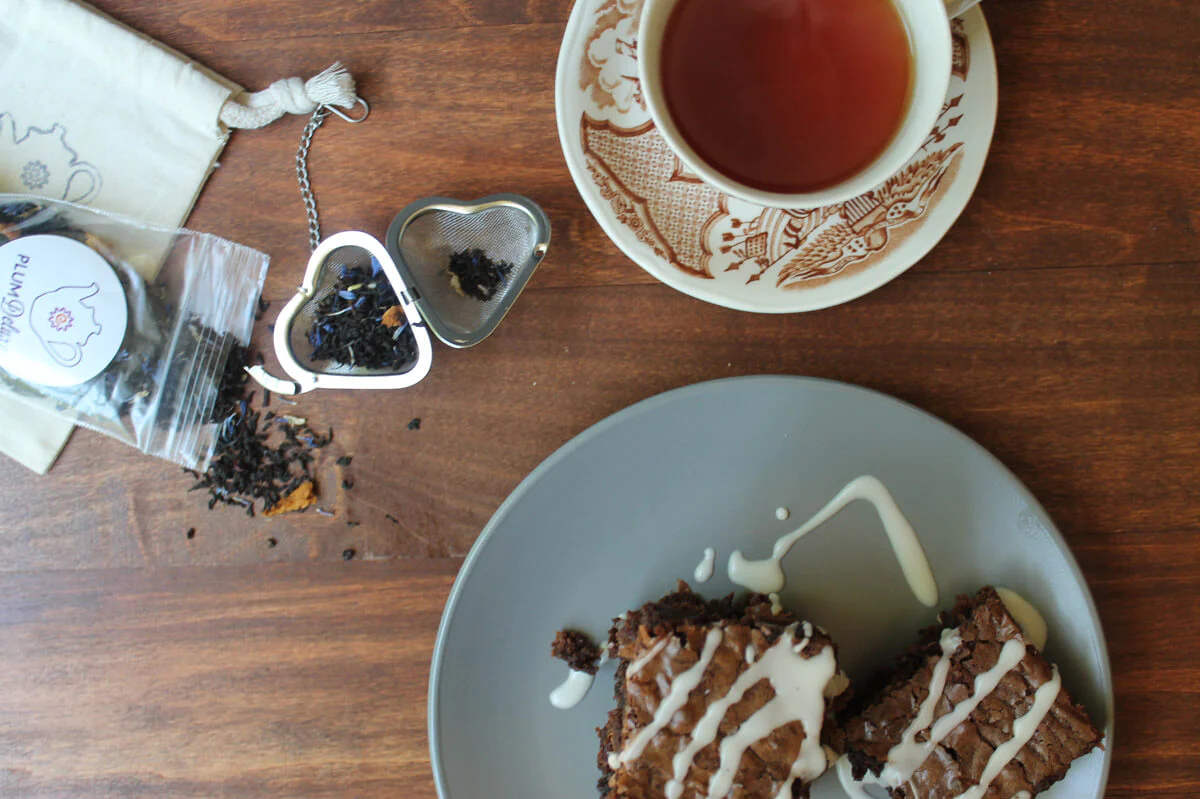With its rich history and diverse flavours, tea has long been celebrated as a soothing beverage. However, its potential extends beyond the teacup. In recent years, tea has found its way into culinary creativity, becoming an essential ingredient in cooking and baking. Whether tea leaves or powdered green tea, or matcha, you can find their uses in various recipes. This article will explore the art of incorporating tea into your culinary endeavours.
Infusing Rice and Grains
Tea-infused rice and grains are a simple yet flavorful way to elevate your side dishes. Stepping tea leaves in the cooking water to infuse your grains before adding the rice or grains. You can use different types of tea, such as jasmine, oolong, or Earl Grey, to impart distinct flavours and aromas to your dish.
Tea-Smoked Proteins
Tea smoking is a traditional Chinese cooking technique that imparts a delicate, smoky flavour to various proteins, such as chicken, fish, or tofu. Mix tea leaves, rice, and sugar to tea-smoke your protein, and place it in a foil-lined wok or pan. Place your protein on a rack above the tea mixture, cover it, and cook over low heat, allowing the smoke to infuse the protein with its distinct flavour.
Ground Tencha Salmon
Create a vibrant and flavorful glaze for your salmon by combining powdered green tea, soy sauce, honey, and ginger. Mix the ingredients to form a smooth paste and generously coat the salmon fillets. Bake or grill until the fish is cooked and the glaze forms a beautiful, glossy crust. The result is a succulent and aromatic dish that combines the umami flavours of salmon with the earthy and slightly bitter notes of grounded Tencha leaves.
Ground Tencha Swirl Cheesecake
Take your classic cheesecake to the next level by infusing it with the distinct taste of ground Tencha. Prepare the cheesecake batter as usual, but before pouring it into the crust, swirl in a mixture of powdered green tea and a small amount of hot water. This will create a beautiful marbled effect throughout the cheesecake. Bake it until set, then let it cool and refrigerate before serving. The matcha adds a delightful complexity to the creamy and tangy cheesecake, making it an elegant and visually stunning dessert.
Tea-Infused Custards and Puddings
Tea can add a sophisticated twist to classic desserts such as custards and puddings. Steep tea leaves in the milk or cream used in your recipe, then strain out the leaves before continuing. The delicate tea flavour will enhance the richness of your dessert, creating a truly indulgent treat.
Tea-Flavoured Ice Cream and Sorbet
Create refreshing and unique frozen desserts by incorporating tea into your recipes with ice cream or sorbet. Steep tea leaves in the milk, cream, or water used in your recipe, then strain and use the flavoured liquid as a base for your dessert. Experiment with different tea varieties, such as green tea, chai, or fruity herbal teas, to create exciting and innovative frozen treats.
Tea-Based Cocktails and Mocktails
Tea can be used as a base for alcoholic and non-alcoholic beverages, adding complexity and depth to your favourite drinks. Brew a strong tea and mix it with your choice of spirits, fruit juices, or syrups to create innovative and refreshing cocktails or mocktails. Experiment with different tea types and flavour combinations to craft unique and delightful beverages, perfect for elevating your next gathering or enjoying a relaxing evening at home.
Conclusion
Tea is a versatile ingredient beyond the teapot, offering unique flavours and aromas to enhance your culinary creations. From infusing rice and grains to crafting innovative desserts like matcha cheesecake, tea can be incorporated into various dishes, elevating your cooking and baking experiences. By exploring these creative uses for tea in your kitchen, you can push the boundaries of your culinary skills and delight your taste buds with new and exciting flavours.








